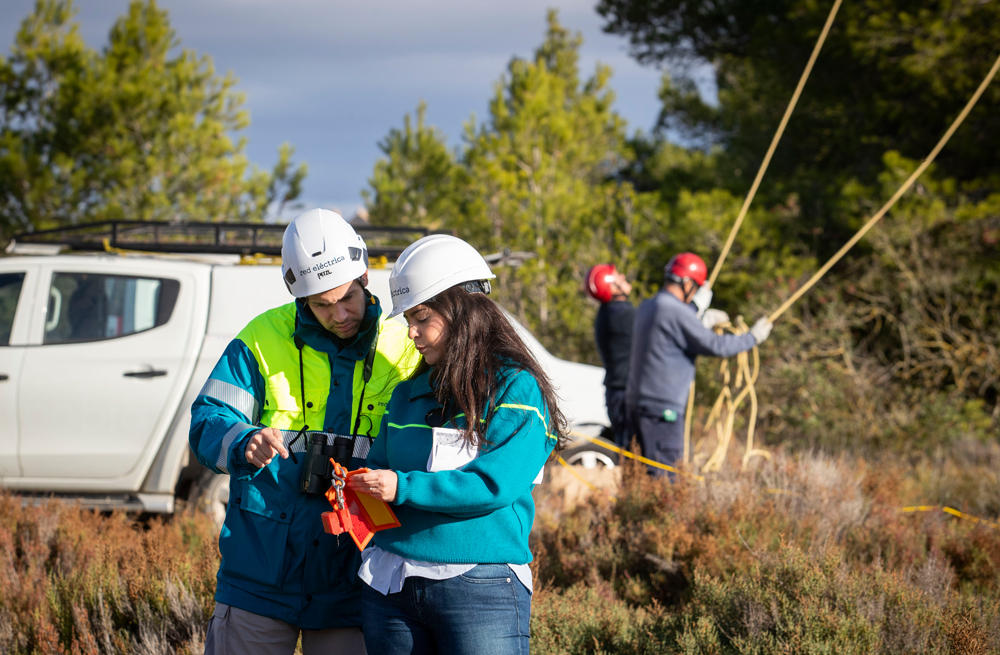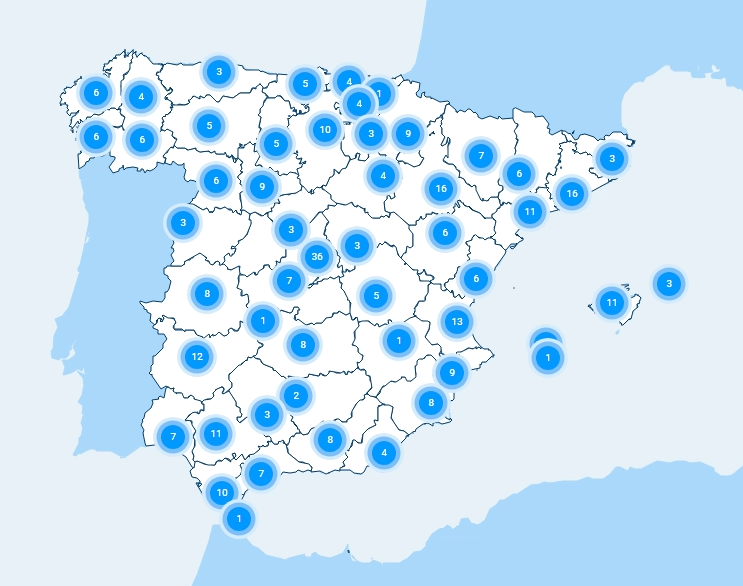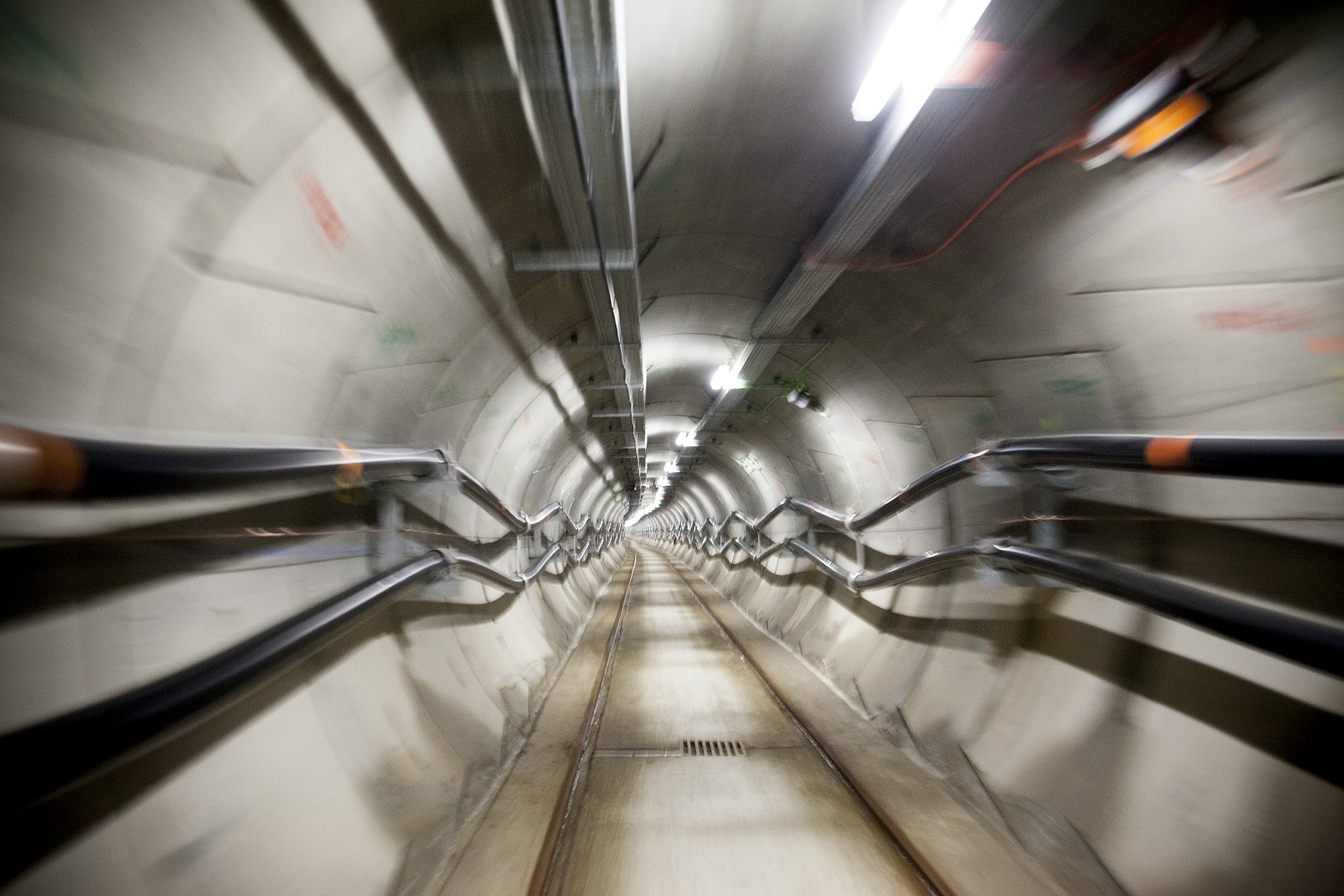Cumplimos 40 años acompañando al país en su progreso económico y social. Cuatro décadas dando forma a España.
Chira-Soria o cómo hacer posible la transición energética canaria
El bombeo es la única herramienta que permite el almacenamiento a gran escala necesario en Canarias para los momentos de escasez de fuentes renovables.
El Plan Nacional Integrado de Energía y Clima (PNIEC) fija como meta para el año 2030 que el 74% de la energía eléctrica generada a nivel nacional sea de origen renovable. Frente a este objetivo de futuro, la realidad: Canarias cerró el 2018 con una contribución de las energías limpias del 10,5%. Las acciones requeridas en Canarias para avanzar hacia una verdadera transición energética entrañan si cabe más desafíos que en la península [1] debido a su naturaleza pequeña y aislada que hace a los sistemas insulares más vulnerables.
En este contexto, las baterías y coches eléctricos no son una alternativa a la central hidroeléctrica de bombeo de Chira-Soria, sino un complemento en la medida en la que alcancen un desarrollo y un grado de maduración tecnológico y de costes que favorezcan su impulso.
Una verdadera transición energética en Canarias, como la que se plantea a nivel nacional en el PNIEC, va a requerir que la generación renovable de los periodos en los que haya recurso abundante se aproveche en los momentos en los que el recurso sea escaso. En ausencia de soluciones de almacenamiento, aunque la región goce de potencia renovable instalada, los periodos de carencia de fuentes limpias se seguirán cubriendo con energía fósil.
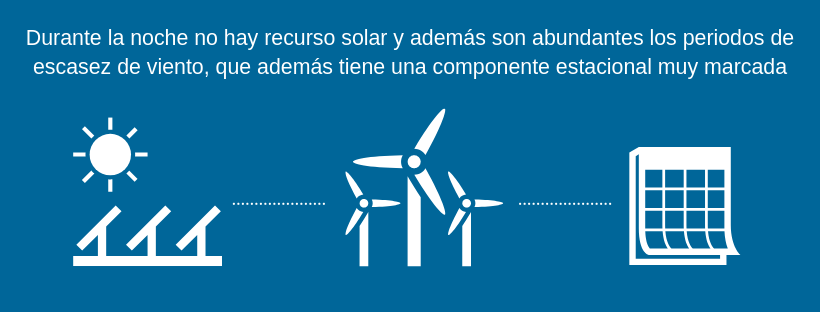
Por tanto, para alcanzar niveles elevados de generación renovable en el conjunto del año –y por tanto la soberanía energética- hace falta una sobreinstalación importante en potencia renovable respecto a la potencia eléctrica consumida, que deberá ser almacenada para poder ser usada en los momentos de escasez de recurso energético renovable.
La capacidad de almacenamiento requerida para este propósito es muy elevada. Mucho más que la capacidad de las baterías existentes a día de hoy. A menudo se usa como referencia la batería de Tesla instalada en Australia –proyecto Hornsdale- para ilustrar el uso de las baterías. Este proyecto, que es el mayor del mundo actualmente, tiene una capacidad de almacenamiento de apenas 129 MWh y únicamente sería capaz de suministrar durante 14 minutos el consumo de la isla en situación de demanda punta.
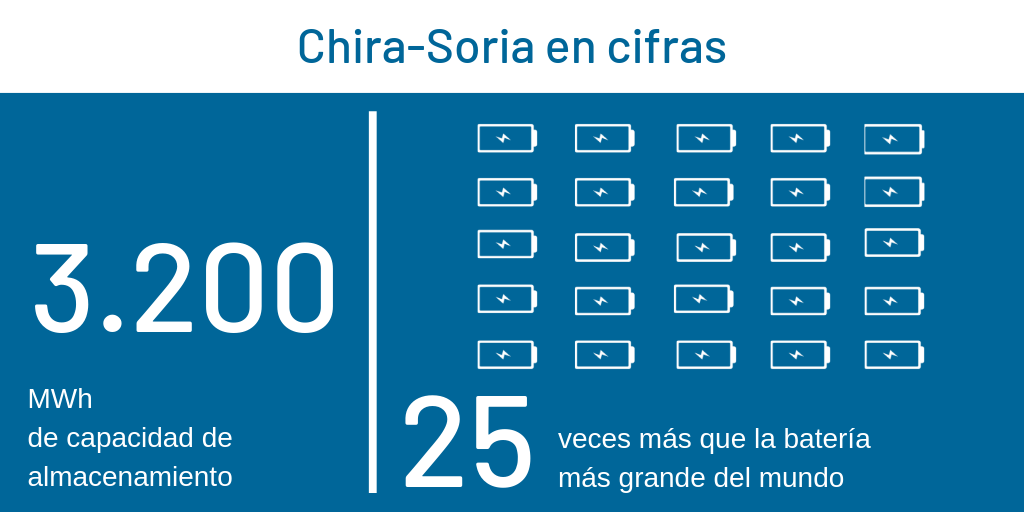
Aunque los precios de las baterías han seguido una evolución decreciente, la realidad es que en estos momentos plantear una alternativa a Chira-Soria mediante baterías saldría mucho más caro para el ciudadano. Además, su vida útil sería mucho menor que la del bombeo, por lo que requeriría nuevos costes de sustitución.
En ocasiones se usa Australia como referencia por la instalación de esa pequeña batería. Sin embargo, no se menciona que en dicho país se acaba de aprobar [2] la construcción de un proyecto de bombeo de 2.000 MW y 350.000 MWh – 110 veces mayor que Chira-Soria-. La finalidad de dicho proyecto, según se indica es reducir las emisiones de carbón, los precios de la energía eléctrica y hacer más seguro su sistema eléctrico. De este modo la batería más grande del mundo representa únicamente el 0,037% del bombeo que se va a construir en Australia.
“Aunque las baterías están mejorando rápidamente, el bombeo es la mejor opción para almacenamiento a gran escala”
Malcolm Turnbull, ex primer ministro australiano
En este sentido, mientras que las baterías no son una alternativa viable para el almacenamiento a gran escala como es el bombeo, sí pueden configurarse actualmente como una herramienta útil y aplicable cuando la capacidad de almacenamiento requerida es reducida y la potencia necesaria elevada. Así ocurre para algunas finalidades concretas, como, por ejemplo, en el mantenimiento de la estabilidad de la frecuencia o para la maximización del uso de las redes, principalmente ante fallo.
Por su parte, aunque los vehículos eléctricos contribuirán de una manera muy importante a la transición energética, la realidad es que aún queda muy lejos el escenario en el que puedan llegar a ser un activo sustancial en el sistema eléctrico[3]. En todo caso, en un sistema eléctrico sin almacenamiento y con vehículos eléctricos, en los muchos momentos de escasez de recursos renovable el consumo energético seguirá siendo fósil.
El proyecto de bombeo Chira-Soria es un proyecto a la vanguardia de la técnica
El almacenamiento mediante bombeo existe desde los albores de los sistemas eléctricos de potencia, no obstante su tecnología evoluciona. En este sentido, Chira-Soria utiliza conceptos y tecnología de última generación que lo sitúan como referente mundial. Su diseño ha sido especialmente concebido para su finalidad, que es la integración de las energías renovables, la garantía de suministro y la seguridad del sistema, y para ello utiliza la más avanzada tecnología. Se trata realmente de un proyecto del siglo XXI inimaginable hace unos pocos años que situará a Gran Canaria en el mundo de la tecnología y de la ingeniería y que además ha sido diseñado para que su impacto medioambiental sea el mínimo.
Chira-Soria no producirá energía renovable. Dicha producción será realizada por las plantas de generación renovable, parques eólicos y fotovoltaicos, existentes y futuros. La central de bombeo Chira-Soria será la herramienta al servicio del sistema eléctrico que evitará los vertidos (pérdidas de energía) de producción en los momentos de abundancia de recursos renovables, almacenándolos y entregándolos de nuevo al sistema en los momentos de escasez. De este modo, Chira-Soria posibilitará el suministro con energías renovables aun cuando el recurso renovable haya cesado. Como consecuencia, no resulta prudente banalizar la transición energética en Canarias, llegando incluso a comprometerla planteando debates desacertados, fruto más de la expresión de un deseo inalcanzable a día de hoy que de la realidad del estado de la técnica. Y más cuando hay en juego algo tan necesario como la transición energética y el dinero de los ciudadanos.
[1]: Sistema del que se parte de una contribución de la generación renovable del 40,1%
[2]: Más información aquí
[3]: REE tiene en marcha proyectos al objeto de acelerar la presencia y contribución del VE

